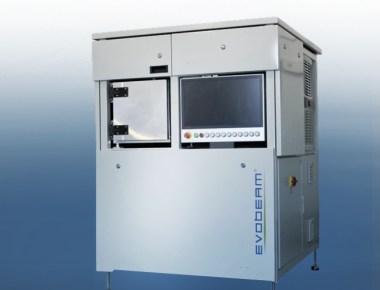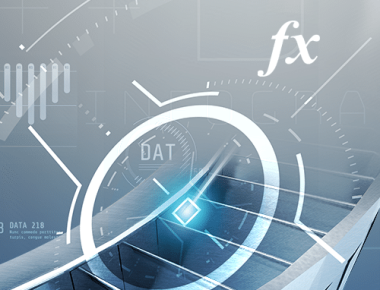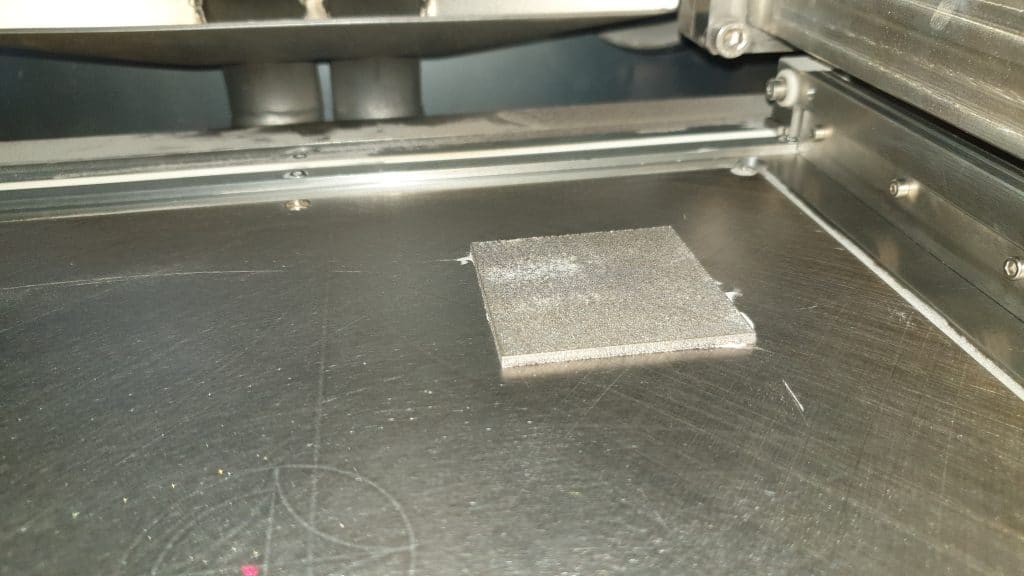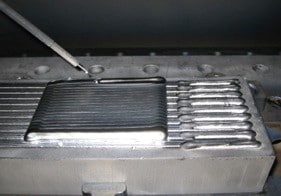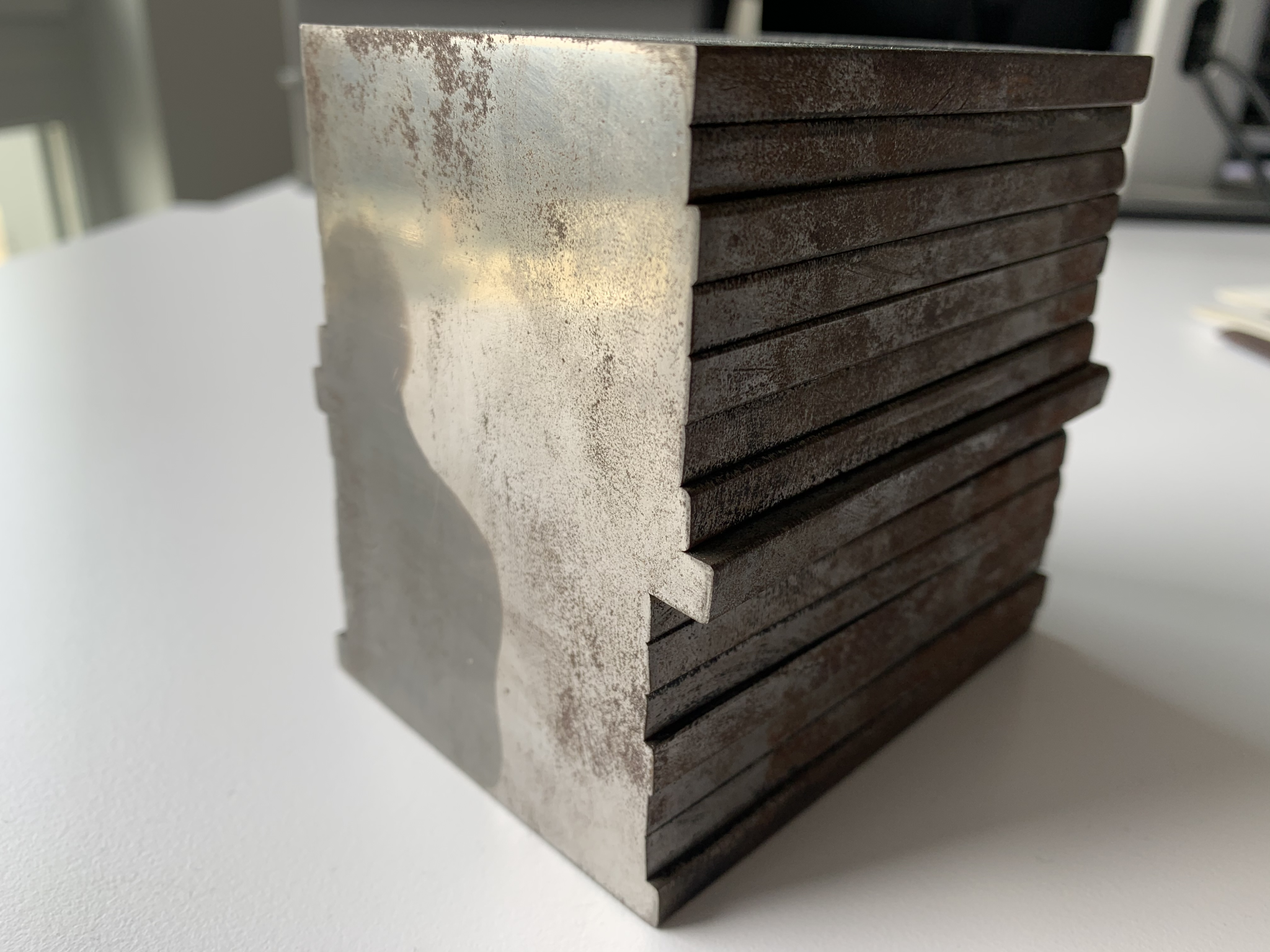
Additive Manufacturing - Technology
Evolving approach with new production possibilities for metal machining
Additive Manufacturing - Principles
Currently there are around 18 different methods for metal additive manufacturing and the technology is rapidly evolving.
Structures are basically built up layer-by-layer.
Evobeam focusses on two Metal Additive Manufacturing methods based Fused Deposition Modeling (FDM):
- Powder Bed Fusion
- Wire-feed Energy Deposition
In both cases either electron beam or laser beam can serve as energy source.
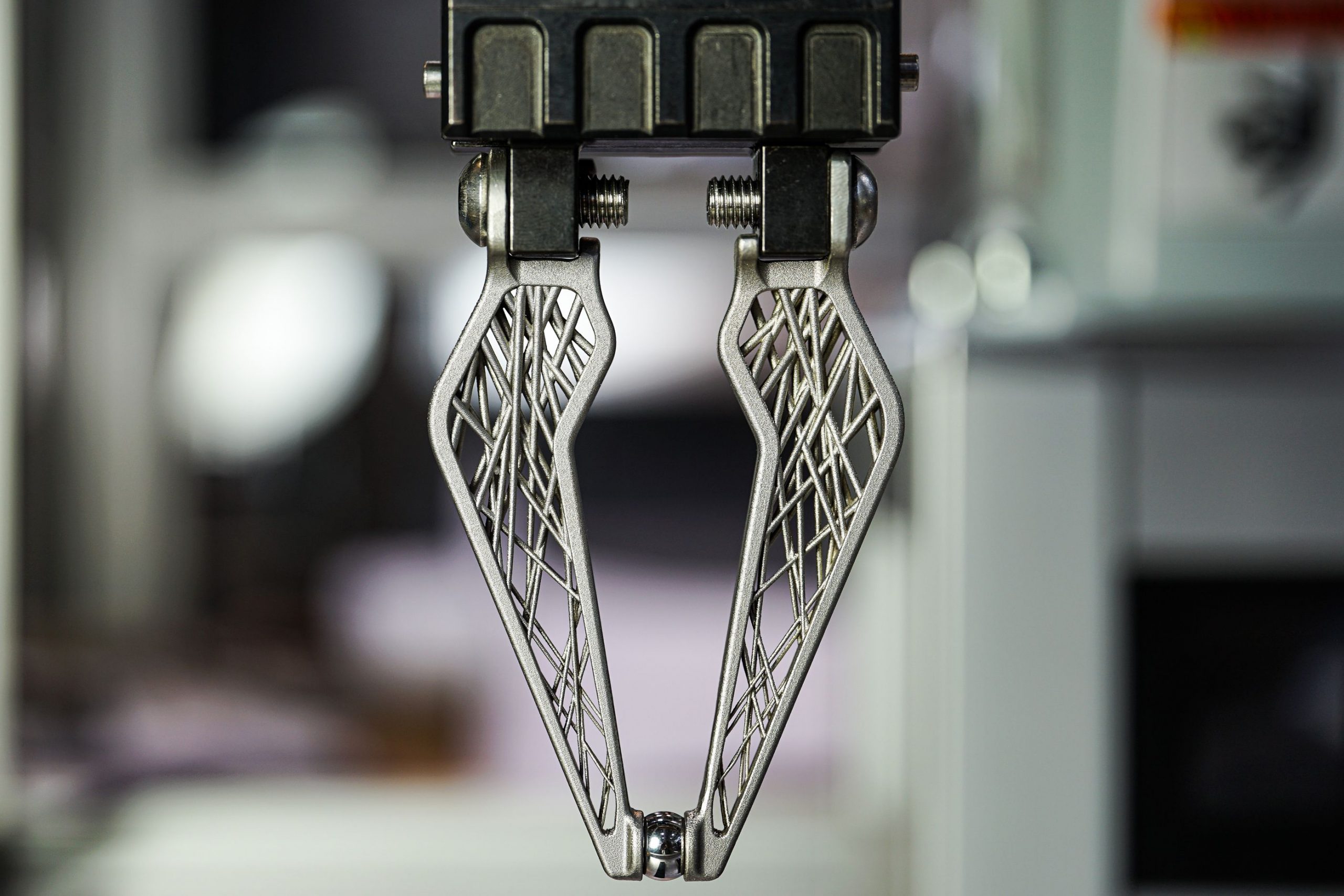
Additive Manufacturing Benefits
Numerous Impacts on metal manufacturing
In general, additive manufacturing opens new approaches for production strategies as well as systems and offers the following benefits.
Rapid prototyping, rapid tooling, rapid manufacturing, and rapid repair
- Rapid prototyping:
This is the most common appliocation of additive manufacturing: direct conversion of virtual CAD model into a real world 3D-item. This can be in original size or scaled down or up.
Often, the material properties and component properties as well as component strength and surface quality are irrelevant for the purpose of a prototype.
- Rapid tooling:
Parts or items for real usage with high requirements towards material properties, strength, etc.. These tools can then manufacture components with the conventional machining methods.
- Rapid manufacturing:
Direct manufacturing of customized production of small series in near net shape based on the CAD model.
- Rapid repair:
Direct application of material at damaged area in near net shape.
Expansion of design possibilities: unprecedented weight and strength properties
- The design is less restricted by manufacturing and material if a structure can be sliced into layers. This enables unprecedented weight and strength properties:3D printing of metals enables unusual or complex geometries, maintaining stability while decreasing weight. Examples are: inner structures like load-optimized, bionic architectures (honeycombs) or inner channels for cooling fluids. Parts can be manufactured as one piece instead of as an assembly of components.
Near net-shape manufacturing of components and reduction of waste and energy consumption
- 3D printing creates near net-shapes layer-by-layer with a minimum of excessive material and has a double impact on the environmental footprint.
- Direct impact in production: when considering the complete process chain, 3D printing is directly building up structures and saves energy. Furthermore, only the essential structures are built. This reduces the post-processing as well as waste.
- Indirect impact in usage of 3D printed parts: these parts can be significantly light-weighted vs. conventially produced parts. For vehicles and aircrafts, weight reduction minimizes energy consumption. At the end of its life cycle a 3D printed part leaves less material to recycle or to dump.
Additive Manufacturing – Systems & Options
Different technologies in vacuum for optimized additive manufacturing
Powder Bed Fusion
A beam source melts defined areas of a metal powder bed.
Layers are build by applying selective laser sintering principle and deposition modeling.
Deposition rates: 50 – 150 cm³/h
(depending on material and beam power)
Wire-feed Energy Deposition
Layers are built by either laser or electron beam controlled melting of a wire based on deposition modeling.
Depending on material and beam power, following deposition rates can be achieved:
- Laser beam: 200 – 500 cm³/h
- Electron beam: 500 – 1500 cm³/h
Diffusion Bonding
Material is heated to 60% – 90% of the lower melting material in a vacuum and mechanical pressure (≈10N/mm2) is applied to bond material sheets together.
